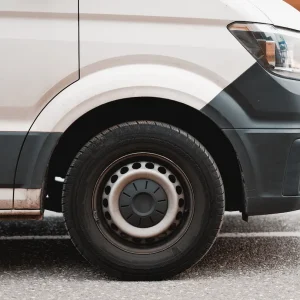London mayor Boris Johnson has confirmed the London Ultra Low Emission Zone will launch following a what he described as a “positive consultation process.”
The zone will lunch in central London from 7 September 2020, and will require vehicles travelling in the zone (see map, above) to meet the new criteria 24 hours a day, seven days a week, unlike the regular congestion charge zone which operates between 7am and 6pm Monday to Friday, or pay a daily charge.
Diesel cars and small vans must be Euro 6 compliant and be registered from 1 September 2015 (five years old or less in 2020), while petrol cars and small vans must meet the Euro 4 criteria. These vehicles will still have to pay the daily congestion charge, which stands at £11.50
Non-compliant vehicles will still be allowed inside the zone, but will have to pay a daily charge of £12.50 on top of the C-Charge
Residents living in the ULEZ zone will have a three-year ‘sunset period’ where they do not have to comply with the emissions standards until September 2023.
Transport for London and the mayor’s office claimed the ULEZ ‘package’ would halve emissions of nitrogen oxide and particulate matter from vehicle exhausts in central London.
Over 16,000 people responded to the public consultation. According to TfL, 79% of respondents said it was important or very important to tackle poor air quality in London, while 58% said they supported the introduction of the ULEZ.
“The world’s first Ultra Low Emission Zone is an essential measure to help improve air quality in our city, protect the health of Londoners, and lengthen our lead as the greatest city on earth,” said Boris Johnson, mayor of London.
“I welcome this announcement, which is a world first and great news for London, helping to enhance the quality of life and creating opportunities for companies who develop and manufacture this kind of technology,” said prime minister David Cameron.
“We are pleased to see the mayor has recognised that the latest diesel technology has a place in an Ultra Low Emissions Zone, said Mike Hawes, chief executive, SMMT. “It is only by encouraging motorists to invest in the latest, lowest emission technology, regardless of vehicle or fuel type, that the Mayor’s vision be fully realised.”
“Overall, we believe that TfL’s proposals for establishing an Ultra Low Emission Zone from 2020 are appropriate and balance the need to reduce nitrogen dioxide emissions with the associated impact on individuals and businesses,” said David Bizley, RAC chief engineer. “However, we think it is wrong to penalise motorists and businesses who may have bought small fuel-efficient diesel cars since 2006 in the belief that they were making the right environmental choice at the time due to their vehicle’s low carbon dioxide emissions.”





